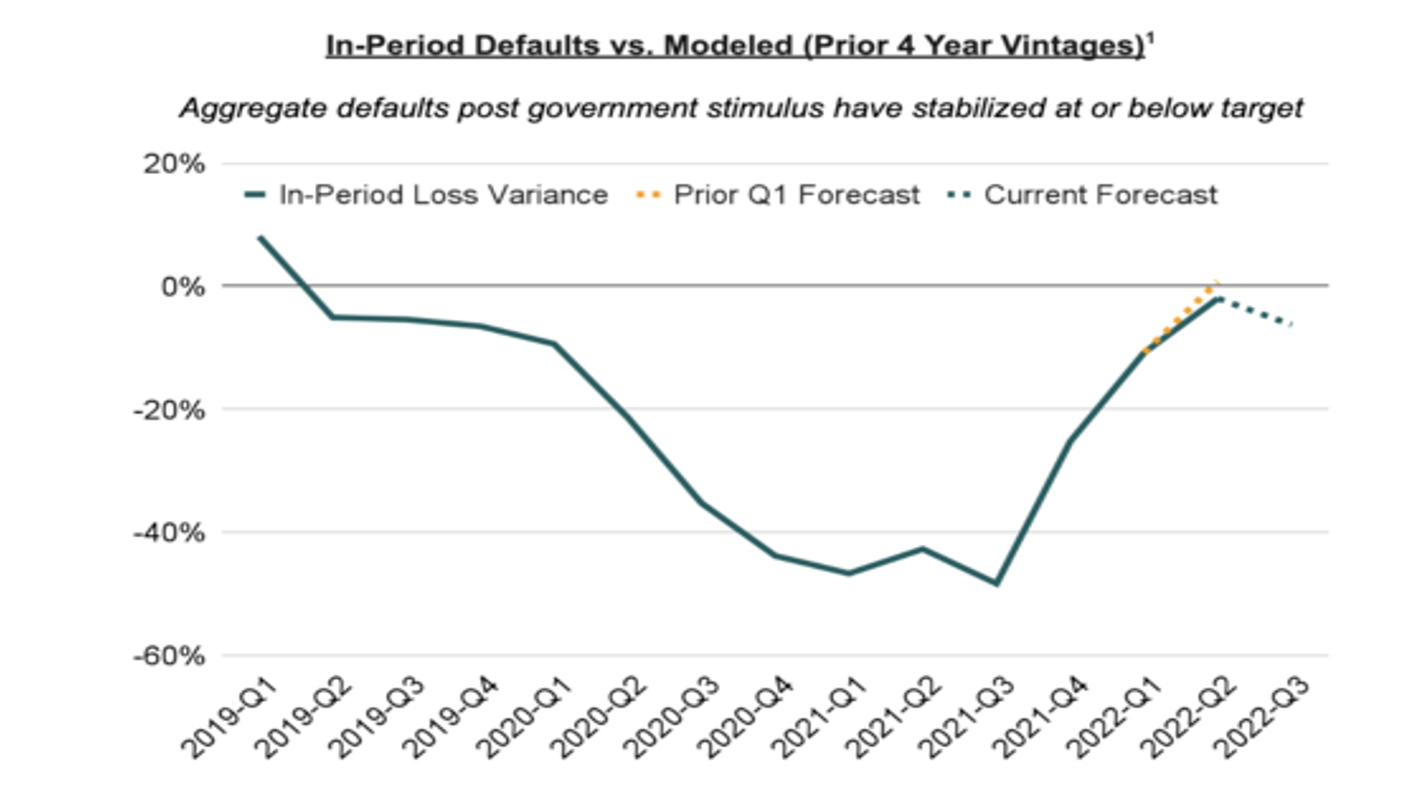Rise: Can this fallen Fintech angel return after 90% fall?
- The UPST stock has taken an epic round from $ 29 to $ 400 to the current $ 25
- Recession fears a problem, but the biggest problem is the sudden end of the company’s growth
- In 2021, investors believed that Upstart was disrupting the industry. UPST will not gather until investors regain that confidence
In the last two years, a good number of shares have risen and crashed. Few have completed a more spectacular tour than the consumer lending platform Upstart Holdings Inc (NASDAQ :).
Upstart was listed in December 2020 at an initial offer price of $ 20. The UPST stock ended its first trading day at $ 29.47. Ten months later, the stock hit a record high of just over $ 400 during the day. Nine months from now, UPST is back at $ 25. All in all, in less than two years, shares rose 1900% – and then fell almost 94%.
It is clear that in the wider market is a factor. The same is true of the fear of a recession that could lead to higher loan losses generated by Upstart.
However, the biggest factor seems relatively simple: investors thought Upstart was unique for a while. But they no longer do that. For the UPST share to find a bottom, let alone a rise, it must regain the confidence of investors.
The business is turning
When Upstart was listed on the stock exchange, the company positioned itself as a truly innovative company. In the company’s prospectus, CEO Dave Girouard wrote that “lending is broken” and that “artificial intelligence is the solution”.
The market obviously bought that story. Upstart’s financial results seemed to support Giroud’s claim. In 2021, Upstart’s revenues increased by as much as 264% from year to year. Adjusted EBITDA (income before interest, taxes, depreciation and amortization) increased by more than 600%; Adjusted EBITDA margins were a healthy 27%.
But as interest rates and economic fears rose, Upstart’s growth stopped. After the first quarter, guidance indicated a year-over-year decline in revenue for the last three quarters of the year, with EBITDA margins guided to just 15%.
That guidance led to the UPST share plunging 56% in a single day. Amazingly, the news has gotten worse. Last week, Upstart announced in advance for the second quarter, well behind the original guidance. Start-up expects a fairly large net loss in the quarter.
Another product or packaging?
The sudden end of growth raises an important question. Again, Upstart positioned itself as an innovative, even transformative, company whose data analytics could even replace the ubiquitous credit score.
It does not look like that anymore. Rather, Upstart looks like the lending companies that appear in every period of low interest rates, when banks and other institutional investors reach for returns. Just as banks were happy to buy almost any mortgage during the housing bubble of the 2000s, Upstart had no problem packing and selling the loans they provided in 2021 and early this year.
It ended in a hurry. In the first quarter, Upstart kept loans on the balance sheet. But the company did not have enough dry powder: one of the reasons for the disappointing results for the second quarter was that they had to sell loans at a loss; The rapid rise in interest rates meant that buyers would pay a much lower price for already issued loans.
On top of that, Upstart now reckons that their loans will give far worse results than they previously thought:

Source: Start-up press release
The obvious question: Is Upstart’s loan selection process really an evolutionary step forward? Or did the combination of low unemployment and government stimulus simply create the best possible environment?
Upstart vs. Enova International
Back in 2014, the mortgage lender operator Cash America spun out Enova International Inc (NYSE :). Enova was Cash America’s digital arm, providing personal loans such as Upstart.
At the time, Enova offered very short-term loans (sometimes scornfully referred to as “payday loans”), but in the midst of higher regulation, Enova has moved towards long-term loans. The company has long designated its data and its analyzes as a key edge. And in fact, over time, Enova’s portfolios appear to have outperformed losses.
Since that spin-off, the ENVA share has not gone anywhere. Shares are actually traded below what they did when the spin-off took place. And over that stretch, the Enova share has generally not been valued at more than 8x earnings.
Personal lending is an unusually difficult business because when the market turns, it turns with revenge. Higher interest rates lower the value of existing loans; A loan priced at, for example, a 15.99% annual percentage rate is less valuable when the same loan can now be priced at 18.99%. The pool of qualified new borrowers is shrinking, and these borrowers are less likely to enter into agreements at higher costs. Lower economic growth and unemployment can lead to some borrowers defaulting.
The example of ENVA highlights the real risk for UPST, even with the latter stock down 94%. Upstart’s big rally last year was not only driven by growth, but by plans to expand beyond personal lending (especially to car loans).
These plans are likely pending, given potential balance problems. What remains is a business that suddenly looks a lot like any other personal lending company out there.
Investors do not put a premium on these businesses when they make money. Upstart is not even doing that at the moment. Until it changes consistently and Upstart proves that it can handle a difficult environment, it is unlikely that the direction of the Upstart stock will change.
Disclaimer: At the time of writing, Vince Martin has no positions in any of the securities mentioned.


